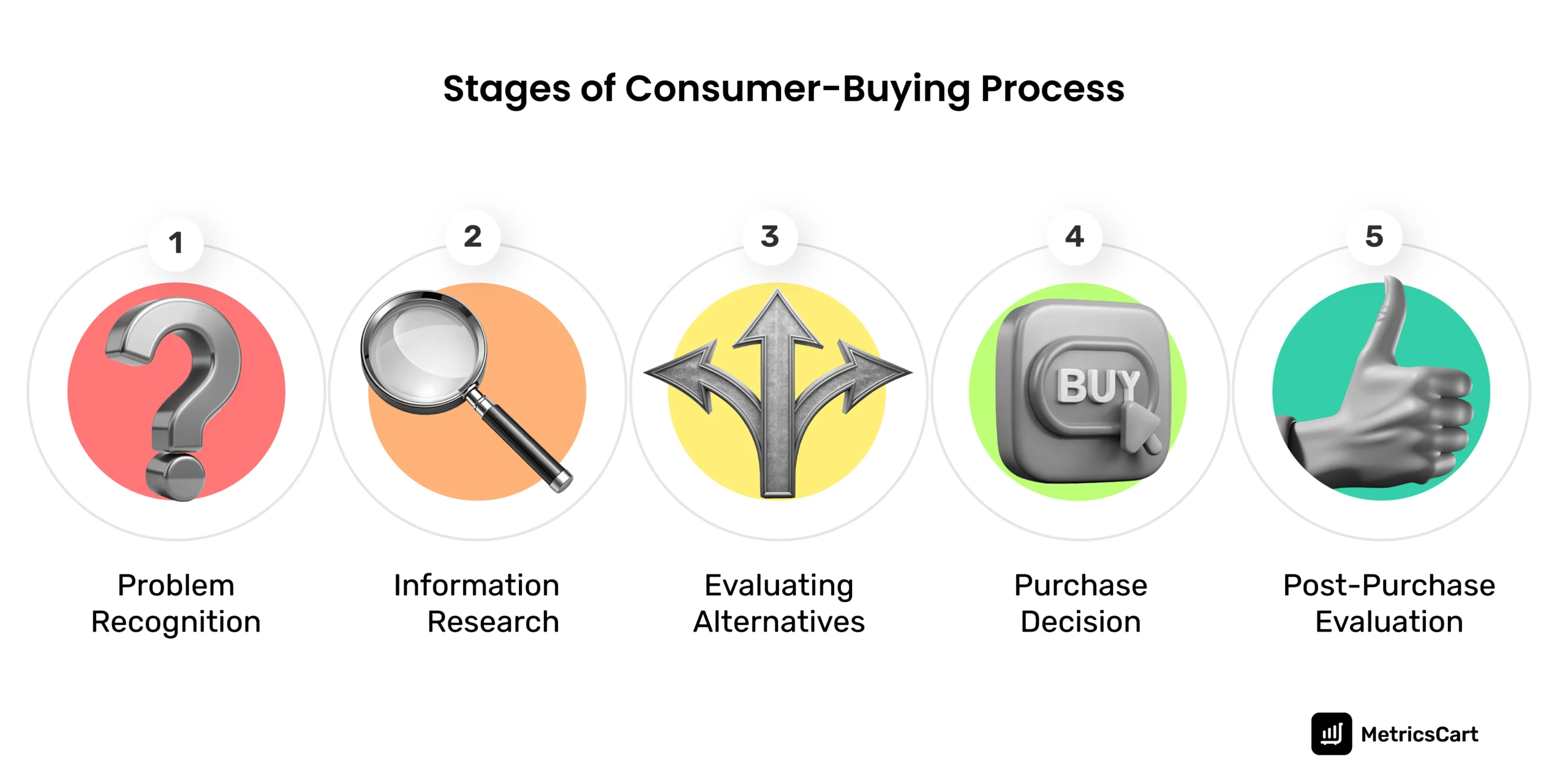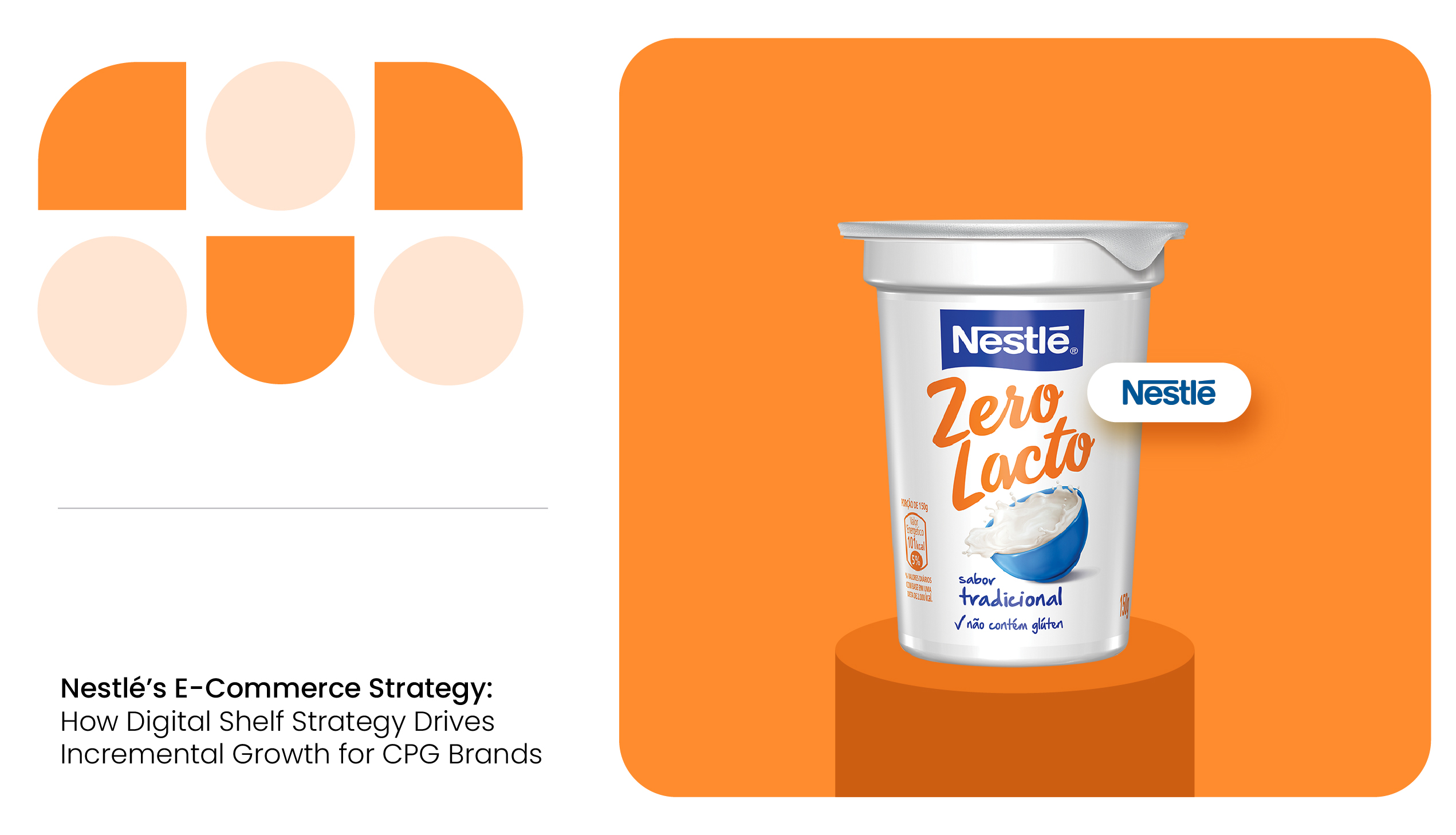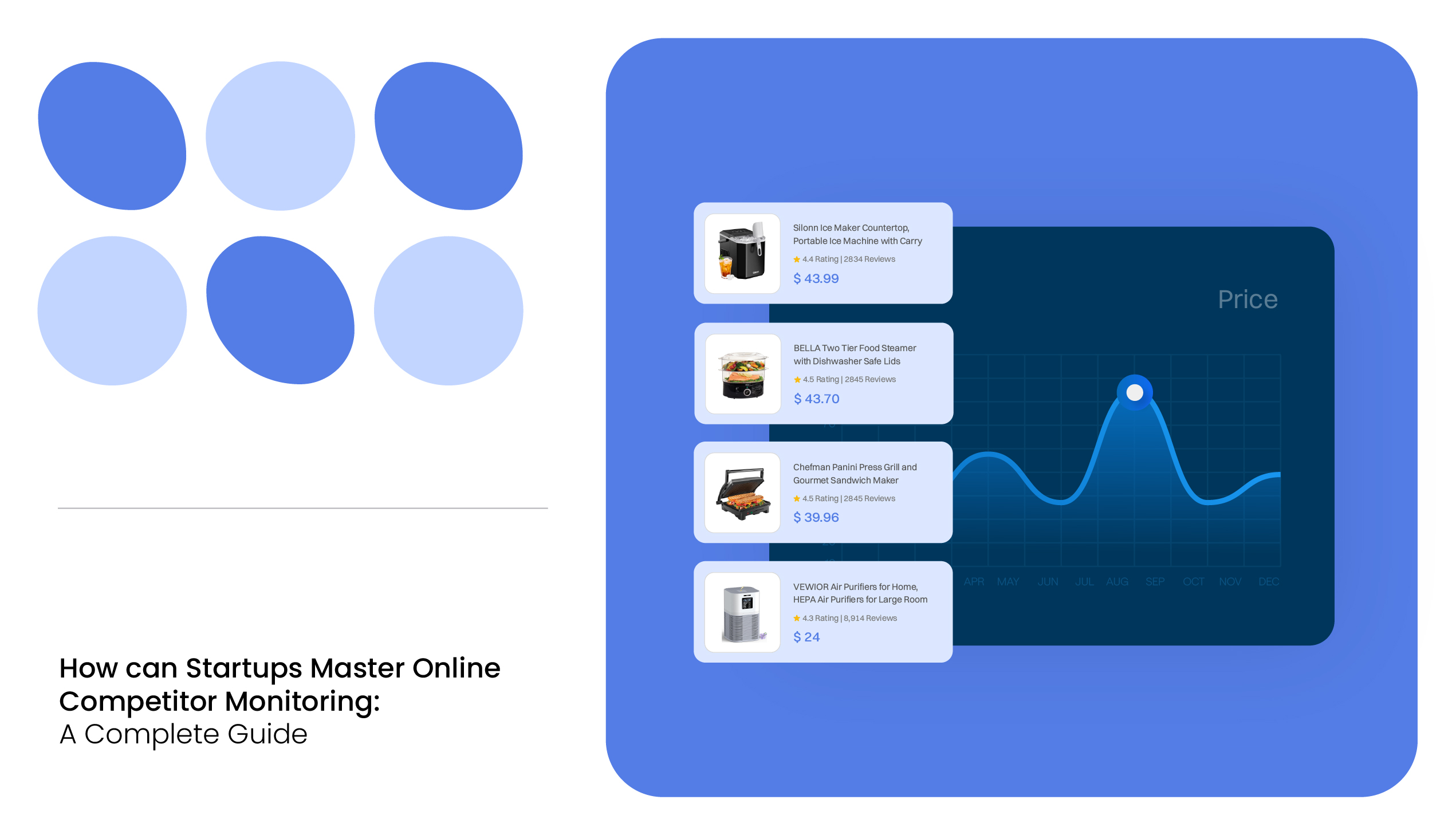As per the latest research and surveys, 80% of shoppers do product research online, and 89% of consumers make an effort to read reviews before purchasing.
Customers don’t just buy products. Plenty of things often happen behind the scenes. With the exception of impulse buys, consumers do a considerable amount of research before deciding to buy.
Understanding the customer buying process is crucial for brands to target and convert a researcher into future clients.
Reviews are critical to consumer purchase decision processes. Therefore, leveraging an easy-to-use e-commerce product review analysis platform allows brands and sellers to gain customer insights and sentiments regarding their products quickly.
What is the Consumer Buying Process?
The consumer buying process is a series of steps a potential customer undergoes where they identify a problem, research the solution, compare various alternatives, buy the product, and later evaluate them. It is also known as the consumer purchase decision process and customer decision-making process.
Even though customers generally go through these stages, it is a dynamic process and differs based on their preferences and behavior.
For instance, consumer behavior on Amazon changes depending on the individual. Customers who do extensive research before buying often read ratings and reviews to help gain confidence in a brand’s product. Conversely, if it’s a repurchase, the consumer might select a familiar brand.
Thus, it is critical for brands to position themselves effectively at each stage to ensure the buyer chooses their product at the end of their decision-making journey.
Stages of the Consumer Buying Process

Stage 1: Problem Recognition
Problem recognition marks the initiation of the consumer decision-making process, where potential customers identify a need or problem requiring resolution. Sometimes, consumers discover a problem they didn’t know existed.
Stage 2: Information Research
Once the customer is aware of the need, the second stage of information research begins. Here, the potential customer would seek information and details about the product or services that would resolve the issue they recognized in the first stage.
Stage 3: Evaluating Alternatives
After the search, the customer would identify and shortlist certain products from different brands. They look into the reviews and user-generated content of the products they identified in the second stage to help them decide whether to finalize with a familiar brand or a new one.
In this stage, brands directly compete with each other to gain customer attention. Ultimately, the customer will choose the product that suits their needs and addresses their challenges while offering the best price.
Stage 4: Purchase Decision
The consumer purchase decision process is when customers have selected a brand or product to fulfill their needs and begin to proceed through the checkout experience.
Stage 5: Post-Purchase Evaluation
After buying the product, customers compare the products to their expectations. If they are happy with the purchase, there is a high chance of retaining them for future purchases and increasing sales.
However, dissatisfied customers might return the product, and it will be challenging to get them to repurchase from the brand. In addition, both satisfied and unsatisfied customers might write reviews based on their product experience.
How can Brands Improve the Customer Buying Process?
Recognizing and addressing each stage enables brands to provide relevant information, build trust, and address concerns strategically.
Here, we will discuss ways to optimize the customer decision-making process and ultimately boost conversion.
Tailor Ad Campaigns to Customer Preferences
As a brand marketer, it is crucial to understand when and how the demand for the product can arise. Therefore, they must consider the following questions:
- What are the significant issues faced by people to look for your products?
- How can the brand create a demand for your products?
- How do you get people to realize a problem that you can fix?
This enables brands to understand consumer pain points and preferences and formulate appropriate shopper marketing and advertising campaigns to attract customers. This can be done through targeted ad campaigns, product demos, promotions, etc.
This emphasizes the need for a Voice of Customer program and data collection by brands to tailor their campaigns that reflect the customer’s needs, expectations, and understanding.
Optimize Product Listings
It is essential to have an optimized product listing with the right keywords, product information, high-quality images, pricing details, etc., for customers to view your product while researching. Through product page optimization, brands can subtly deliver information directly to the customer and insert their brand into the customer’s list of alternatives for consideration.
Implement Discounts and Promotions
When customers are evaluating various products for purchase, it is vital to stand out among competitors. Apart from offering high-quality products, brands can also provide attractive discounts and promotions. Some examples of promotional pricing include flash sales, loyalty programs, and time-limited offers.
Brands can add countdowns and timers on their product page to encourage customers. This will create a sense of urgency and persuade customers to choose their products for checkout.
Offer Competitive Prices
While the consumer purchase decision process depends upon various factors, pricing is a crucial criterion for customers. In a survey conducted by Bright Data, 82% of respondents said price typically influences their purchase decisions when shopping online.
Therefore, it is important to offer competitive pricing for the products to prevent cart abandonment and ensure that customers complete the checkout process.
Analyze and Respond to Customer Reviews
During the post-evaluation stage, customers write reviews based on their overall experience with the product. Brands must analyze and respond to both positive and negative customer feedback and reviews. They must address customers’ concerns and show appreciation for positive feedback.
Additionally, review monitoring will help brands analyze customer sentiment in a single platform and understand the themes and sub-themes associated with the brand and product. This will enable brands to improve products to ensure that they meet customer preferences.
Conclusion
Improving the consumer buying process is essential for brands that want to enhance customer satisfaction, increase sales, and build long-term loyalty. By focusing on these strategies, brands can create a seamless and enjoyable buying experience that not only meets but exceeds customer expectations, ultimately leading to business growth.
MetricsCart offers customizable analytics and dashboards that will help brands in each stage of their customer journey. Contact us now to learn more.






